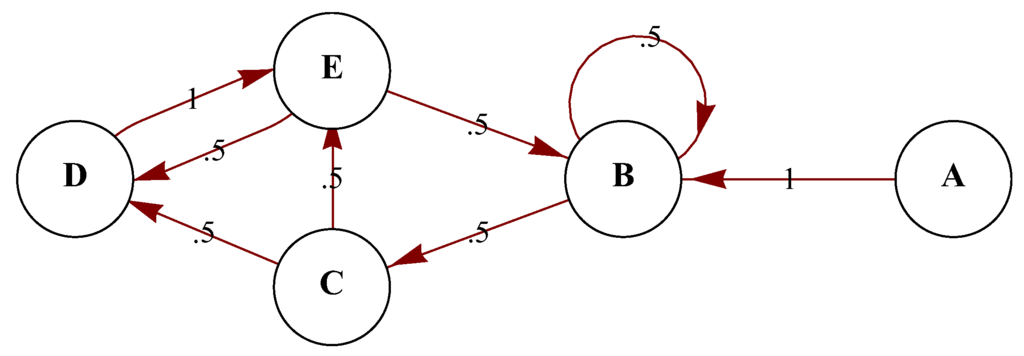

Life as Thermodynamic Evidence of Algorithmic Structure in Nature (2012)
source link: https://www.mdpi.com/1099-4300/14/11/2173
Go to the source link to view the article. You can view the picture content, updated content and better typesetting reading experience. If the link is broken, please click the button below to view the snapshot at that time.

Open Access Article
Life as Thermodynamic Evidence of Algorithmic Structure in Natural Environments
by
 Hector Zenil
1,*
,
Carlos Gershenson
2
,
James A. R. Marshall
1
and
David A. Rosenblueth
2
Hector Zenil
1,*
,
Carlos Gershenson
2
,
James A. R. Marshall
1
and
David A. Rosenblueth
2
1
Behavioral and Evolutionary Theory Lab, Department of Computer Science/Kroto Research Institute, University of Sheffield, Regent Court, 211 Portobello, Sheffield, S1 4DP, UK
2
Department of Computer Science, Instituto de Investigaciones en Matemáticas Aplicadas y en Sistemas, Universidad Nacional Autónoma de México (UNAM), Av. Universidad 3000, Ciudad Universitaria. C.P. 04510, México, D.F., Mexico
*
Author to whom correspondence should be addressed.
Entropy 2012 , 14 (11), 2173-2191; https://doi.org/10.3390/e14112173
Received: 3 September 2012 / Revised: 29 October 2012 / Accepted: 30 October 2012 / Published: 5 November 2012
(This article belongs to the Special Issue Selected Papers from Symposium on Natural/Unconventional Computing and Its Philosophical Significance )
Abstract
In evolutionary biology, attention to the relationship between stochastic organisms and their stochastic environments has leaned towards the adaptability and learning capabilities of the organisms rather than toward the properties of the environment. This article is devoted to the algorithmic aspects of the environment and its interaction with living organisms. We ask whether one may use the fact of the existence of life to establish how far nature is removed from algorithmic randomness. The paper uses a novel approach to behavioral evolutionary questions, using tools drawn from information theory, algorithmic complexity and the thermodynamics of computation to support an intuitive assumption about the near optimal structure of a physical environment that would prove conducive to the evolution and survival of organisms, and sketches the potential of these tools, at present alien to biology, that could be used in the future to address different and deeper questions. We contribute to the discussion of the algorithmic structure of natural environments and provide statistical and computational arguments for the intuitive claim that living systems would not be able to survive in completely unpredictable environments, even if adaptable and equipped with storage and learning capabilities by natural selection (brain memory or DNA).View Full-Text
Keywords: behavioral ecology ; algorithmic randomness ; computational thermodynamics ; Kolmogorov–Chaitin complexity ; information theory

Figure 1
Recommend
About Joyk
Aggregate valuable and interesting links.
Joyk means Joy of geeK